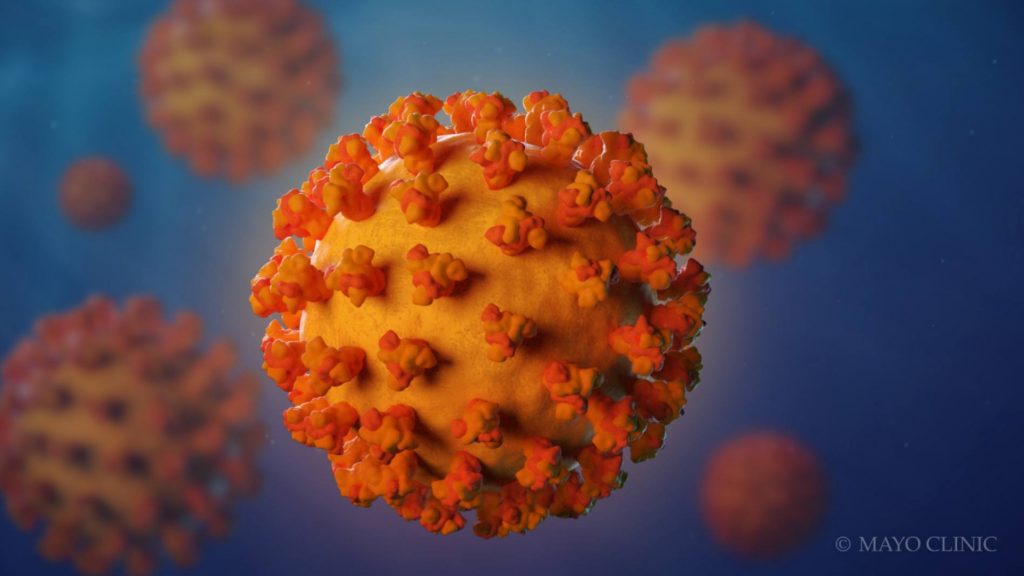-
Coronavirus outbreak declared Public Health Emergency of International Concern

Citing concern for additional international spread, the World Health Organization (WHO) has declared the recent coronavirus outbreak a global health emergency.
The Centers for Disease Control and Prevention is also monitoring the situation and will provide updated information as it becomes available.
MEDIA ALERT:
For an interview with a Mayo Clinic expert, contact the
Media Relations Newsroom at newsbureau@mayo.edu,
or 507-284-5005.
"The coronavirus is in the same family of viruses that SARS (severe acute respiratory syndrome) and MERS (Middle East respiratory syndrome) were in, which increases concern about this," says Dr. Gregory Poland, director of Mayo Clinic's Vaccine Research Group.
Watch: Dr. Poland discusses the coronavirus in a Skype interview.
Journalists: The individual sound bites from the Skype interview with Dr. Poland are in the downloads at the end of the post. Please "Courtesy: Mayo Clinic News Network."
***********************
The article below is written by Dr. Pritish Tosh and Mayo Clinic staff.
A new virus being called the 2019 Novel Coronavirus (2019-nCoV) has been identified as the cause of a respiratory illness outbreak first identified in China. The virus is a type of coronavirus — a family of viruses that includes respiratory illnesses such as the common cold, severe acute respiratory syndrome (SARS) and Middle East respiratory syndrome (MERS).
Because this virus is so new, not much is known about it yet. Public health groups, such as the World Health Organization (WHO) and the U.S. Centers for Disease Control and Prevention (CDC) are investigating. Check their websites for updates.
The new coronavirus appears to be spreading from person-to-person. It may be spread by respiratory droplets when someone coughs or sneezes. But it's unclear exactly how it spreads or how contagious it is, and research is ongoing. Symptoms of the new coronavirus can be mild to severe and include a fever, cough and shortness of breath. They may appear two to 14 days after exposure. A coronavirus vaccine isn't currently available.
WHO and CDC recommend that you take the usual precautions to help prevent the spread of respiratory viruses:
- Wash your hands often with soap and water or use an alcohol-based hand sanitizer.
- Cover your mouth and nose with your elbow or tissue when you cough or sneeze.
- Avoid touching your eyes, nose and mouth if your hands aren't clean.
- Avoid close contact with anyone who is sick.
- Clean surfaces you often touch.
- Stay home from work, school and public areas if you're sick.
Learn more:
Novel coronavirus: What is it and how can I protect myself?
Information in this post was accurate at the time of its posting. Due to the fluid nature of the COVID-19 pandemic, scientific understanding along with guidelines and recommendations may have changed since the original publication date.
Check the Centers for Disease Control and Prevention website for additional updates on COVID-19. For more information and all your COVID-19 coverage, go to the Mayo Clinic News Network and mayoclinic.org.







